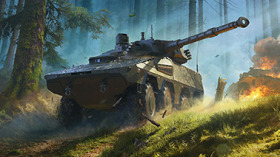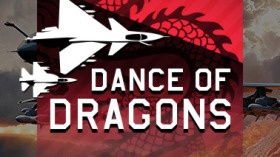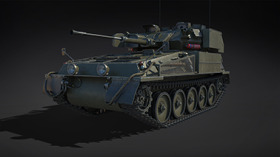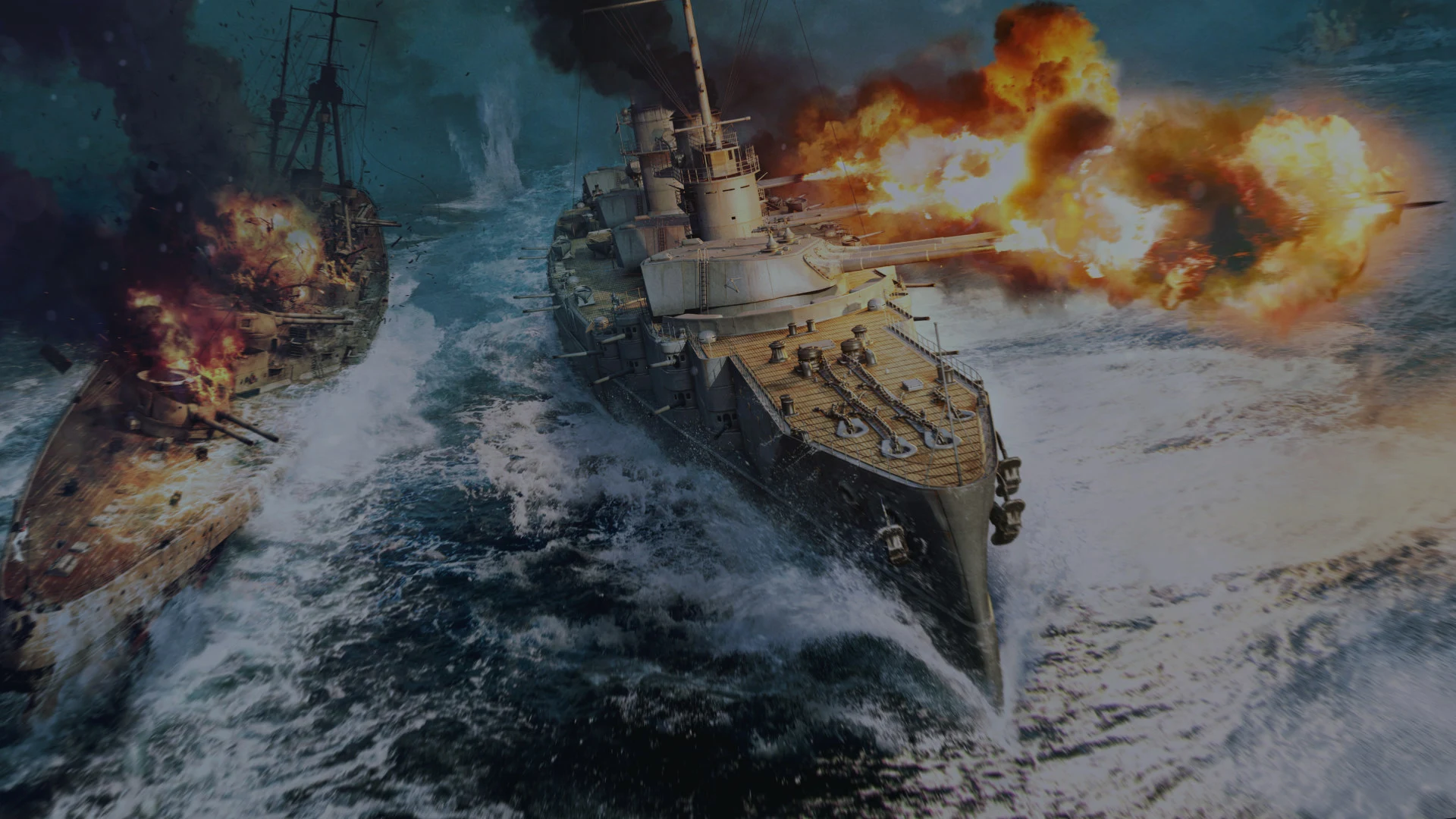
- For PC
- For MAC
- For Linux
- OS: Windows 7 SP1/8/10 (64 bit)
- Processor: Dual-Core 2.2 GHz
- Memory: 4GB
- Video Card: DirectX 10.1 level video card: AMD Radeon 77XX / NVIDIA GeForce GTX 660. The minimum supported resolution for the game is 720p.
- Network: Broadband Internet connection
- Hard Drive: 17 GB
- OS: Windows 10/11 (64 bit)
- Processor: Intel Core i5 or Ryzen 5 3600 and better
- Memory: 16 GB and more
- Video Card: DirectX 11 level video card or higher and drivers: Nvidia GeForce 1060 and higher, Radeon RX 570 and higher
- Network: Broadband Internet connection
- Hard Drive: 95 GB
- OS: Mac OS Big Sur 11.0 or newer
- Processor: Core i5, minimum 2.2GHz (Intel Xeon is not supported)
- Memory: 6 GB
- Video Card: Intel Iris Pro 5200 (Mac), or analog from AMD/Nvidia for Mac. Minimum supported resolution for the game is 720p with Metal support.
- Network: Broadband Internet connection
- Hard Drive: 17 GB
- OS: Mac OS Big Sur 11.0 or newer
- Processor: Core i7 (Intel Xeon is not supported)
- Memory: 8 GB
- Video Card: Radeon Vega II or higher with Metal support.
- Network: Broadband Internet connection
- Hard Drive: 95 GB
- OS: Most modern 64bit Linux distributions
- Processor: Dual-Core 2.4 GHz
- Memory: 4 GB
- Video Card: NVIDIA 660 with latest proprietary drivers (not older than 6 months) / similar AMD with latest proprietary drivers (not older than 6 months; the minimum supported resolution for the game is 720p) with Vulkan support.
- Network: Broadband Internet connection
- Hard Drive: 17 GB
- OS: Ubuntu 20.04 64bit
- Processor: Intel Core i7
- Memory: 16 GB
- Video Card: NVIDIA 1060 with latest proprietary drivers (not older than 6 months) / similar AMD (Radeon RX 570) with latest proprietary drivers (not older than 6 months) with Vulkan support.
- Network: Broadband Internet connection
- Hard Drive: 95 GB
+30% RP gain for Spitfire Mk.I from February the 26th 06:00 GMT until February the 27th 06:00 GMT
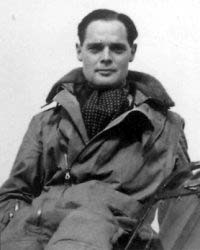 The son of a Major of the Royal Engineers, Douglas Robert Steuart Bader was born on February 21st 1910 in St. John’s Wood, London. Educated at St. Edward’s School in Oxford, the aggressive Bader’s school years were most notable for his sporting achievements, particularly as a rugby player. He joined the RAF in 1928 as an officer cadet, having been selected for training as a pilot. His sporting prowess carried over into his embryonic military career where he represented the RAF at cricket as well as giving strong performances in both boxing and hockey. Graduating as a Pilot Officer in July 1930, Bader was sent to No.23 Squadron to fly Gloster Gamecock and Bristol Bulldog biplane fighters. Still the same aggressive, headstrong individual, Bader built up a reputation for unauthorized low level flying and dangerous aerobatics. Although often reprimanded for his lack of aerial discipline, Bader was nevertheless selected to represent the squadron at Hendon Air Show. His team was successful in 1931 but, whilst training for the 1932 Hendon Air Show, disaster struck. Bader’s Bulldog fighter struck the ground whilst attempting aerobatic maneuvers well below his authorized minimum height. The injuries he sustained resulted in both of his legs being amputated; one above the knee and one below.
The son of a Major of the Royal Engineers, Douglas Robert Steuart Bader was born on February 21st 1910 in St. John’s Wood, London. Educated at St. Edward’s School in Oxford, the aggressive Bader’s school years were most notable for his sporting achievements, particularly as a rugby player. He joined the RAF in 1928 as an officer cadet, having been selected for training as a pilot. His sporting prowess carried over into his embryonic military career where he represented the RAF at cricket as well as giving strong performances in both boxing and hockey. Graduating as a Pilot Officer in July 1930, Bader was sent to No.23 Squadron to fly Gloster Gamecock and Bristol Bulldog biplane fighters. Still the same aggressive, headstrong individual, Bader built up a reputation for unauthorized low level flying and dangerous aerobatics. Although often reprimanded for his lack of aerial discipline, Bader was nevertheless selected to represent the squadron at Hendon Air Show. His team was successful in 1931 but, whilst training for the 1932 Hendon Air Show, disaster struck. Bader’s Bulldog fighter struck the ground whilst attempting aerobatic maneuvers well below his authorized minimum height. The injuries he sustained resulted in both of his legs being amputated; one above the knee and one below.
The stubbornness and strength of mind that would later make Bader a legend now began to show. Unwilling to accept his fate, he persevered with his new prosthetic legs until not only could he walk, he could play golf and drive a car. Unwilling to accept defeat, Bader did not stop here: in June 1932 he piloted an aircraft for the first time since his crash. However, despite his courage in the face of adversity, Bader was medically discharged from the RAF in 1933. He found work with the Asiatic Petroleum Company, and also married in the same year.
However, with war clouds on the horizon Bader still would not give up and repeatedly requested to be reinstated in the RAF. Finally, in 1937, he was offered a ground job in the RAF. However, an air officer who recalled Bader’s earlier skill and tenacity managed to arrange for the Central Flying School to assess his ability to return to flying duties. In November 1939 Bader’s medical category was restored and he began a refresher course to return to front line duties and bring him up to speed with the more modern aircraft which now served with RAF Fighter Command.
Bader was posted to No.19 Squadron in February 1940, flying Supermarine Spitfire Mk.Is from RAF Duxford in Cambridgeshire. In the period which became known as the ‘Phoney War’ Bader flew patrols over convoy shipping but also attracted some criticism for his outspoken views; he believed the ‘old fashioned’ techniques of using height for advantage and attacking out of the sun were more suitable for modern air fighting than the RAF’s doctrine of prescriptive tight formation flying and regimented section attacks. In April Bader was posted to No.222 Squadron, also flying Spitfires from Duxford. He was promoted to Flight Lieutenant and, as a Flight Leader, quickly set about training his pilots in tactics and techniques he believed to be more effective than the Fighter Command Standard Attacks. In June 1940, whilst flying as part of the air cover over the Dunkirk evacuations, Bader scored his first kill – a Messerschmitt Bf109.
At the end of the month Bader was promoted to Squadron Leader and given command of his first squadron: No.242. Consisting mainly of Canadian pilots, 242 had suffered significant casualties during the Battle of France. Consequently, morale was low and the Canadians had little time for their new, legless CO. Bader quickly won the squadron over with his impressive displays of flying and his loyalty to his men, famously displayed by risking the wrath of his superiors when demanding the proper equipment for his ground crews.
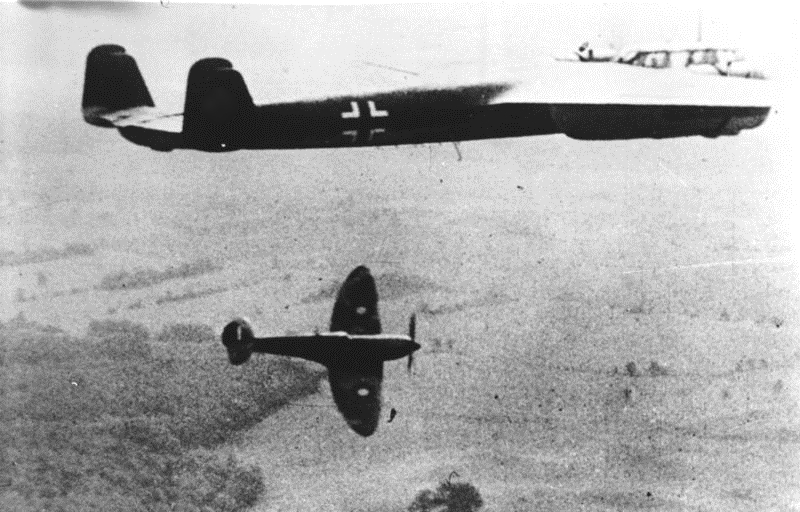
Attribution: Bundesarchiv, Bild 146-1969-094-18 / Speer / CC-BY-SA
As the Battle of Britain began and with his squadron being part of No.12 Group, Bader and his men were not as heavily involved in the fighting as their counterparts in No.11 Group in the south east of England. However, Bader shot down a Dornier 17 in July and a Messerschmitt 110 in August but believed that if he could attack in greater numbers he could have much more of an effect. Supported by Air Vice Marshall Trafford Leigh Mallory, commander of No.12 Group, Bader was given command of the Duxford Wing of three squadrons. Leading the wing into combat during the height of the Battle of Britain with future top scoring Fleet Air Arm ace S/Lt ‘Dickie’ Cork as his wingman, Bader’s tactics paid off. However, despite the high number of enemy aircraft shot down by the Duxford Wing – which was soon expanded to five squadrons – Leigh Mallory and Bader came in for criticism from No.11 Group, who noted that by the time Leigh Mallory’s ‘Big Wings’ were airborne, assembled and attacking it was already too late – the German bombers had attacked their targets and were on their way home.
Bader’s leadership during the battle was rewarded with a Distinguished Service Order and a Distinguished Flying Cross. In March 1941 Bader, now a Wing Commander, took command of the Tangmere Wing of three Spitfire squadrons; Nos. 145, 610 and 616. With the RAF now stepping out over occupied France, Bader led his squadrons into battle in an offensive role.
However on August 9th 1941, whilst leading his Wing over France, Bader’s aircraft was severely damaged, forcing him to bail out. Different sources still disagree on whether he collided with a German fighter or was mistakenly shot down by a Spitfire from his own Wing. As tenacious as ever, Bader attempted to escape from his German captors on several occasions until he was eventually imprisoned with other notorious allied escapees in Colditz Castle.
Finally liberated in the Spring of 1945, Bader returned to flying duties to lead the 300 aircraft victory flypast over London on September 15th, but not quickly enough to see combat again. Sources quote his final tally as standing between 20 at 22 ½ German aircraft shot down.
Bader left the RAF in 1946 to work for Shell Oil, but also worked for amputees across the globe. He was knighted in 1976, but succumbed to a fatal heart attack in 1982 at the age of 72. He is remembered to this day as one of the greatest heroes of RAF Fighter Command.
The following decals used by Douglas Bader and members of his squadron will be added in future updates.
Wing Commander Pennant,Royal Air Force |
Personal motif of Pilot Officer 'Willie' McKnight,No.242 Squadron RAF |
Squadron Leader Pennant,No.242 Squadron RAF |
|
|
|
|
Decals by CharlieFoxtrot
The author
 Mark Barber, War Thunder Historical Consultant
Mark Barber, War Thunder Historical Consultant
Mark Barber is a pilot in the British Royal Navy's Fleet Air Arm. His first book was published by Osprey Publishing in 2008; subsequently, he has written several more titles for Osprey and has also published articles for several magazines, including the UK's top selling aviation magazine 'FlyPast'. His main areas of interest are British Naval Aviation in the First and Second World Wars and RAF Fighter Command in the Second World War. He currently works with Gaijin Entertainment as a Historical Consultant, helping to run the Historical Section of the War Thunder forums and heading up the Ace of the Month series.



